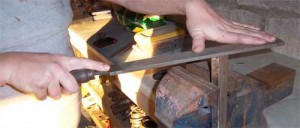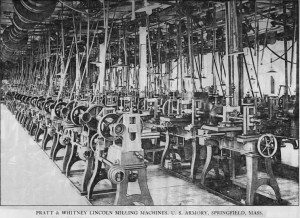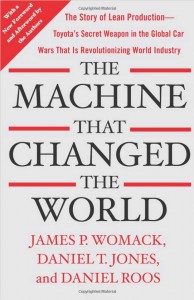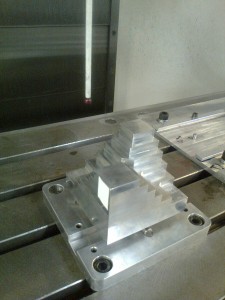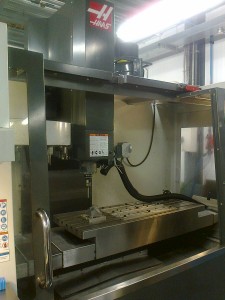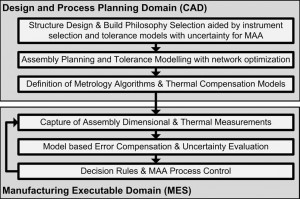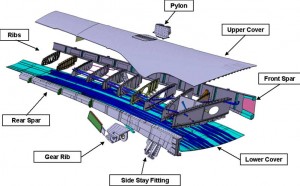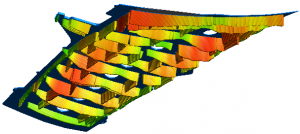Title: Kinematic Analysis and Optimization of Bicycle Suspension
Force exerted at the pedals of a bike cause an increase in vertical and horizontal ground reaction forces at the rear wheel, and also an increase in chain tension. Each of these forces results in a moment about the rear suspension pivot point. In the case of 4-bar linkage suspensions this remains true since the mechanism has an instantaneous centre. This bicycle suspension analysis shows that it is possible to optimize suspension geometry so that these moments remain in balance regardless of the gear selected.
Authors: J E Muelaner, T Knight, J Darling
Conference: Second International Conference on Sustainable Design and Manufacturing, Seville, Spain, 12-14 April
Download the spreadsheet to calculate the SAR for any bike:![]()
Abstract: Bicycle suspension is increasingly used to improve performance and facilitate the use of smaller wheels for folding bicycles, unwanted activation due to pedalling and braking forces can however result in energy losses. This paper presents a kinematic analysis leading to a Suspension Activation Ratio (SAR) which is the ratio of the suspension activation force to the pedalling force and its experimental verification. The SAR may be used as a performance metric to compare suspension designs and an objective function for suspension design optimization where the SAR is minimized for all possible gear ratios. Suspension geometry thus optimized shows agreement with optimal pivot positions found by empirical studies. Previous work has involved dynamic simulation and experimentation to estimate energy losses; however it is difficult to apply this analysis to rapidly evaluate different suspension designs for performance evaluation or design optimization. The kinematic design approach presented here provides the first step in suspension design which should precede dynamic design to optimize spring and damping rates. 2015 Conference Design
